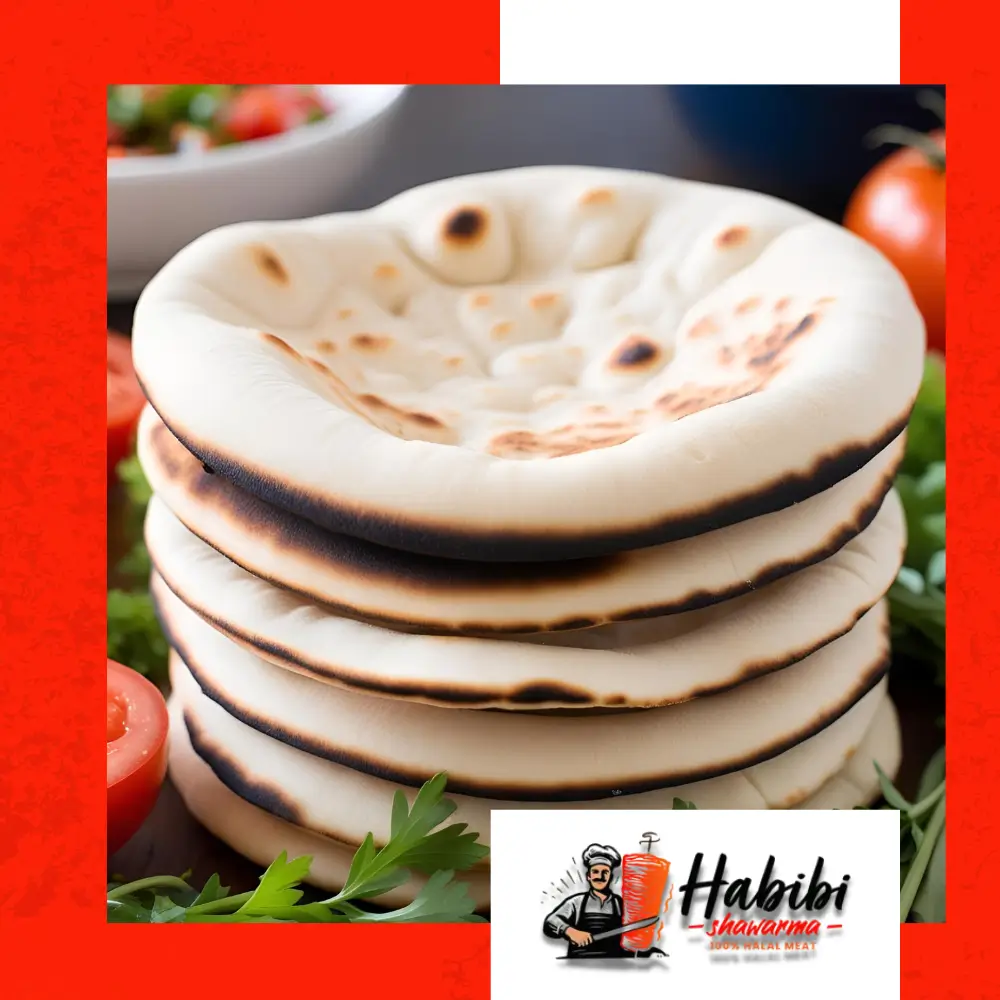Pita bread, a simple round flatbread enjoyed around the world today, carries with it a history that dates back thousands of years. While modern kitchens produce pita in electric ovens or on stovetops, archaeological discoveries across the Middle East and Mediterranean region suggest that this humble bread was part of daily life for ancient civilizations. Through excavations, charred remnants, and early baking tools, archaeologists have uncovered a surprisingly rich story about pita bread’s ancient roots.
Unearthing the Origins of Pita Bread
The earliest traces of what resembles pita bread have been found in excavations at sites like Tell Es-Sultan (ancient Jericho) and Göbekli Tepe, dating back as far as 10,000 years. At these Neolithic sites, archaeologists have discovered hearths and rudimentary stone ovens used to cook unleavened or lightly leavened flatbreads made from wild grains.
Although these early versions were not called pita by name, the structure—flat, round, and baked quickly over heat—matches what we identify today as pita bread. Researchers believe these breads were integral to early diets due to their simplicity, portability, and ability to be cooked without advanced tools.
Charred Bread Remains and Grain Residue
One of the most fascinating archaeological breakthroughs came in **Jordan’s Black Desert**, where scientists uncovered charred bread remains dating back to around 12,000 years ago. These crumbs, found in a stone fireplace, contained evidence of domesticated cereals and wild tubers, indicating early bread-making before the widespread advent of agriculture.
Using carbon dating and microscopic analysis, researchers confirmed that the fragments resembled early forms of flatbread—possibly the precursors to pita. This supports the theory that **pita bread-style recipes existed long before farming was formalized**, and that early humans were grinding grains and baking flatbreads as a central part of their daily life.
Ancient Baking Tools and Ovens
Excavations in regions like Egypt, Mesopotamia, and the Levant have unearthed tools and ovens used in ancient bread preparation. Clay taboons (dome-shaped ovens), **grinding stones**, and **bread molds** dating back to 2500 BCE suggest a flourishing culture of flatbread baking. These ovens could reach high temperatures quickly and were perfect for puffing up **pita bread**, creating the iconic pocket that forms as steam expands the dough during baking.
Historians believe that this cooking method was passed down through generations and spread via trade routes, influencing the way bread was made across ancient empires. Inscriptions from these sites mention daily bread rations, further confirming pita-like flatbread’s significance in feeding both elite and working-class populations.
Evidence in Ancient Texts and Artifacts
Though archaeological digs offer physical proof, ancient texts and murals add cultural context. Egyptian tomb paintings show servants baking round loaves on heated surfaces. Babylonian and Assyrian tablets reference bread as offerings to deities, with some clay tablets listing different types of round, flat breads baked in ovens or on stones.
In the Roman and Hellenistic periods, bread was a political and cultural staple. Artifacts from Pompeii, including preserved loaves in ovens buried by volcanic ash, highlight the long-standing popularity of round flatbreads. Though not called “pita,” their physical resemblance and cooking style connect directly to the **pita bread** we know today.
The Evolution of Pita in Human History
As civilizations expanded and evolved, so did their breads. The earliest pita bread likely had slight variations in thickness, flour type, and preparation method. However, what remained constant was its role as a communal, accessible, and versatile food**—used to scoop stews, wrap meats, and serve with olives and oils.
From Bronze Age Levantine towns to bustling ancient markets, pita has withstood the test of time, not just as a food, but as a **cultural thread** running through human development. Today, pita continues to be baked in taboons across the Middle East, keeping ancient techniques alive in modern kitchens.
Conclusion: A Flatbread Worth Digging Into
Thanks to ongoing excavations and scientific advancements, we now know that **pita bread** has deeper roots than we once imagined. Its presence in archaeological layers across the Middle East confirms its importance not only as sustenance, but as a symbol of shared history and ingenuity.
So the next time you enjoy a falafel wrap or dip warm pita into hummus, remember: you’re participating in a tradition that began in ancient hearths, endured through empires, and continues to nourish the world today.
READ MORE:
Historical Recipes and References: The Evolution of Pita Bread Over Time
Pita Bread in Historical Texts: What Ancient Writings Reveal About This Flatbread

